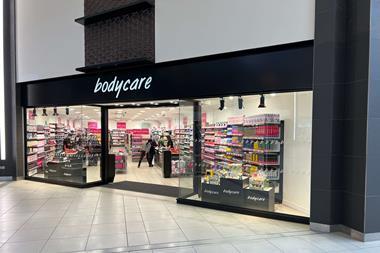Sainsbury’s new hospital pharmacy is emblematic of a wider push by grocers to expand their pharmacy offers.

Why are we talking about it now?
Sainsbury’s became the first grocer to open a pharmacy in a hospital last week, in the James Cook University Hospital, which is part of the South Tees Hospitals Foundation Trust. The grocer has 250 pharmacies in stores, but this is its first outside its shops. The grocer’s initiative is indicative of a growing trend for the big grocers to ramp up their pharmacy offers.
Who are the biggest players in the pharmacy retail market?
According to the Proprietary Association of Great Britain (PAGB) executive director Sheila Kelly, supermarkets currently account for 40% of the over-the-counter drug sales in the UK. She says the big four grocers are expected to increase their collective share of the pharmacy market again in 2012.
The expansion of the grocers may put pressure on Boots, which owns more than 30% of what is becoming an increasingly competitive market.
Sainsbury’s last year installed drug prescription vending machines at two of its Sussex stores, while Tesco too has plans to expand its offering.
It was reported last year that the grocery giant wants a pharmacy in every superstore.
How big is the market?
The Verdict Research Pharmacy Report found that the industry was worth around £14bn in 2011, but only grew at a sluggish rate of 1.4% last year. However, Verdict anticipates the market will grow at a faster rate of 2.6% in 2012. But while volume growth continues, prescription revenues are decreasing.
What are the advantages to grocers of opening pharmacies?
Verdict Research lead retail analyst Sarah Peters says it is another example of grocers looking beyond their normal market to drive growth.
“Grocers are always looking for new angles to make revenue and increase footfall,” she says. It also allows them to target a new customer, and enables them to better respond to customers’ needs, becoming more of a one-stop-shop. Supermarkets can offer convenience to customers, often offering longer opening hours than other pharmacy outlets.
What are the disadvantages?
There aren’t many disadvantages, although the lucrative pharmacy market is competitive, so it is not easy to break in to. Additionally, set-up costs can mount, as a brand new supplier base is needed as well as a licence. Employing a pharmacist is costly, although Kelly argues that staff training should not be too much of an issue, considering the size and capability of the large grocers.


























No comments yet